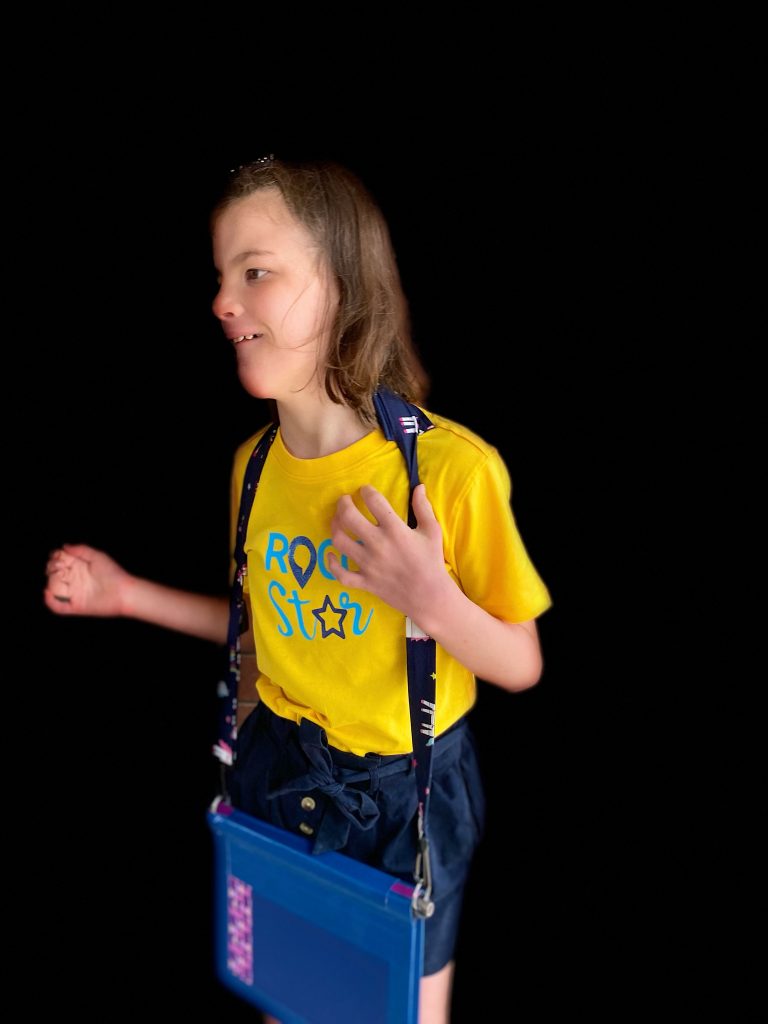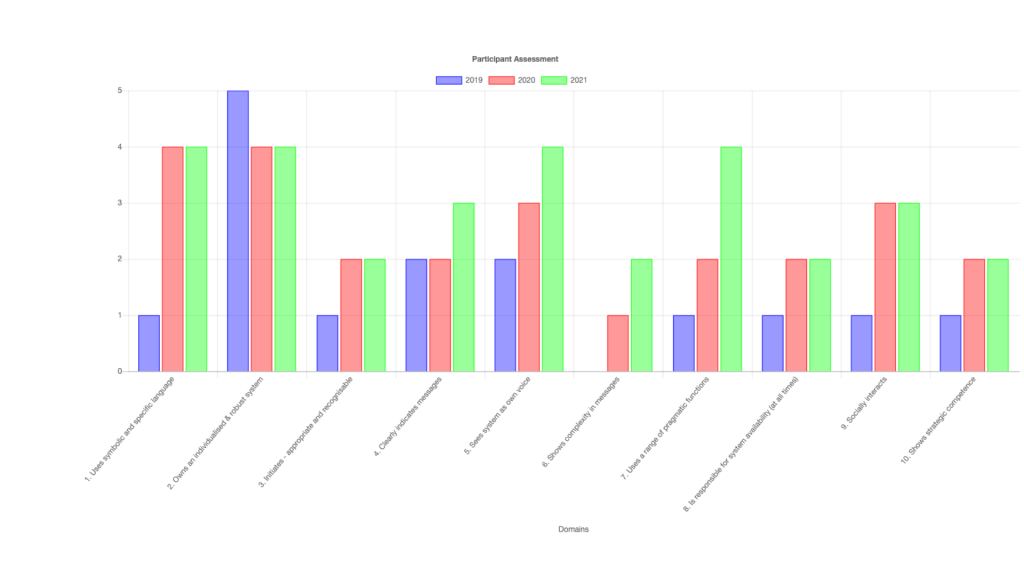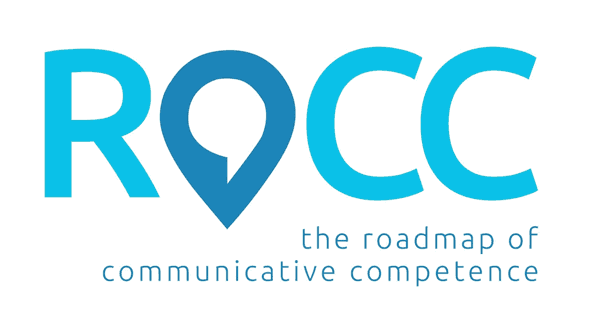
One of my favourite things about ROCC is being able to share progress graphs to validate the efforts of individuals and those around them. This was absolutely the case for this young girl who has been working hard to interact with her friends since moving to a new school. Her family and school team have also worked hard and it was lovely to show them with a ROCC progress graph. This graph says “Give yourselves all a huge pat on the back!!! “

The ROCC was originally developed as a tool to focus on real and meaningful outcomes but also to help people actually see the progress they are making. Each time we re-score the ROCC, we can look at the progress, review the effectiveness of our decisions and strategies, and plan again for the next steps. The ROCC is not meant to be scored and put in a cupboard. It’s a working document and can be re-scored for individuals whenever you feel progress has been made, or if you are feeling a bit lost or stagnated.

In the graph for this young girl we can see some interesting stages in her development over the past 3 years. The blue bars are for year 1, red for the second year and green for the most recent year.
- We’ve seen progress on all domains, except Domain 2 which is actually progress, see point 3 below.
- Some areas progressed and have then plateaued but these are the higher domains of social interaction (9) and strategic competence (10) where improvements in other areas are more likely to develop first. Her availability of the system (Domain 8) has also plateaued for now as we are teaching her a movement to ask for her system, and implementing other strategies for her to be able to carry it with her.
- The drop in scores for Domain 2 might appear to be a setback, but it is actually a win. Her progress in other areas has meant that her language requirements have now increased to the point that we need to update and expand her communication system to include additional strategies for different situations, environments and partners. We will be trialling and implementing those soon.
- The most exciting point is that we have seen progress across the past year in the areas that show that she is developing a clear understanding of herself as an autonomous communicator with a motivation to expand her expressive communication repertoire. This is evident in her progress on domains 4, 5, 6 and 7 in particular. Now that she sees the system as her voice (Domain 5) and her messages are understood more clearly (Domain 4), she is expanding her vocabulary (Domain 6) and the range of functions (Domain 7) that she communicates expressively. The more motivated and autonomous she becomes, the more likely we will also see improvements in Domain 8 where her motivation to have her system available will increase, and Domain 9 which looks at her social interaction. Already she is showing signs of this.

We can also use the ROCC to help plan our next steps with her. Using the graphs for a shared understanding, we met as a team to discuss key areas for focus over the coming months. We have decided that our next steps are around Domain 3 and 6.
- For Domain 3, we hope to refine her method of initiation so that it is more recognisable to less familiar people (particularly her peers). She already has a method of initiation but as her vocalisations are increasing we have decided to start to shape these to a word approximation like “hey” which is closer to a conventional mode and therefore more recognisable to less familiar people.
- In Domain 6, she is using a wider range of single words and some simple word combinations, but the next step is to model expansions of her one word messages to give her opportunities to learn and show her the benefits of 2-3 word combinations. For this, we are also in the process of reviewing her system (Domain 2) so that it meets her communication requirements for today and tomorrow.
This is a case example of how the use of individual progress graphs on the ROCC assessment can help teams:
- Track and share progress in smaller increments. This is particularly important to give feedback and validation to the individual and also those working hard to achieve them.
- Review strategies that have been successful and those that may need refining – for example in this case, we determined that refinements to the strategies around modelling initiation were important at this time, particularly because she is motivated to interact with her peers.
- Plan where to focus our attention next. By looking at the graph, and also considering the bigger picture as a team, we determined that Domain 4 and 6 were the targets for now. Given that there are other factors to consider in terms of Domain 8 (availability) we are not ready to address this at present, but also feel that this domain as well as Domain 9 may undergo “Collateral Improvement”. This is where we predict that increases in Domains 4 and 6 may encourage this girl to be more determined to have her system available and more successful in her social interactions as well. If not, we can focus on these areas specifically if needed. It is important not to overload her team. More competent communication partners can model and encourage change across multiple domains, but for less experienced partners, or those like educators who have many other competing priorities then it’s helpful to have some more specific areas of focus. Too many and we risk people becoming overwhelmed and finding it hard to know what to do and when.
- Remember that interaction is the priority and sometimes too many goals get in the way of this. Besides, it’s interaction that is the outcome and the motivator for improving communication for all of us, so the more we interact, the more we are likely to interact!

If you want more information about ROCC subscriptions and training, go to www.roccassessment.com.au
